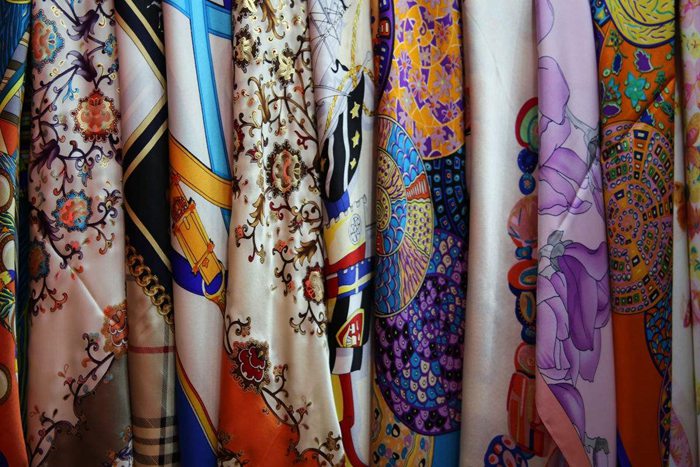In Chinese, halal food is called Qingzhen Cai. It is easy to find in most major cities in China because of the large Muslim population in China. Muslim restaurants and…
The Shu School of Chinese Embroidery, The Symbol of Chengdu
The art of embroidery was widely spread throughout China during the han dynasty. There were four different styles or schools of embroidery, although each peaked after the silk road trade…
Chinese Pottery, the Oldest Artwork of Human Beings
Pottery is probably man's oldest work of art. As early as the neolithic age (more than 8,000 years ago), people began mixing clay with water and baking it until it…
The Craftsmanship of Nanjing Yunjin Brocade
Nanjing yunjin production technology is mainly distributed in Qinhuai, Jianye, Baixia, Xuanwu, Qixia five areas. In ancient China, brocade was the representative of high - grade textiles. Nanjing brocade is…
Flower Ballads, the Intangible Cultural Heritage of Humanity
"Hua’er" is one kind of ballads spread far and wide between Qinghai, Gansu and Ningxia provinces (districts), where Hua’er festivals will be annually held the sixth and seventh month of…
Chunxi Road – Shopping Paradise in Chengdu
Chunxi road is a fashionable label in Chengdu. Known as "the third largest commercial street in China", it has high indexes in tourism, catering, transportation, rest area, popularity and commerce,…
Popular Beijing Night Markets, Street west business traditional snacks, clothing, tourism goods
Wangfujing snack street Wangfujing snack street is a garden of famous local snacks in Beijing and all over the world. It is located in the south of the Friends World…
Longjing Tea Plantations in China, The former embodies the aesthetic requirements of the culture of literati
West lake belongs to the category of cultural landscape, and longjing tea is also a part of the cultural landscape. The magnificence of the west lake is closely related to…
China National Tea Museum, sustains the profound feelings of the Chinese people and people all over the world
China National Tea Museum is a museum of tea culture, located in shuangfeng village, longjing road, hangzhou city, zhejiang province. The China tea museum has a floor area of 7,600…
Suzhou Silk: A Treasure of History and Culture, the greatest creation in the world’s primitive agriculture period

Suzhou silk is a treasure of Chinese traditional silk industry. Silk is one of the ancient Chinese civilizations and an important embodiment of Chinese culture. In 1958, at the neolithic…